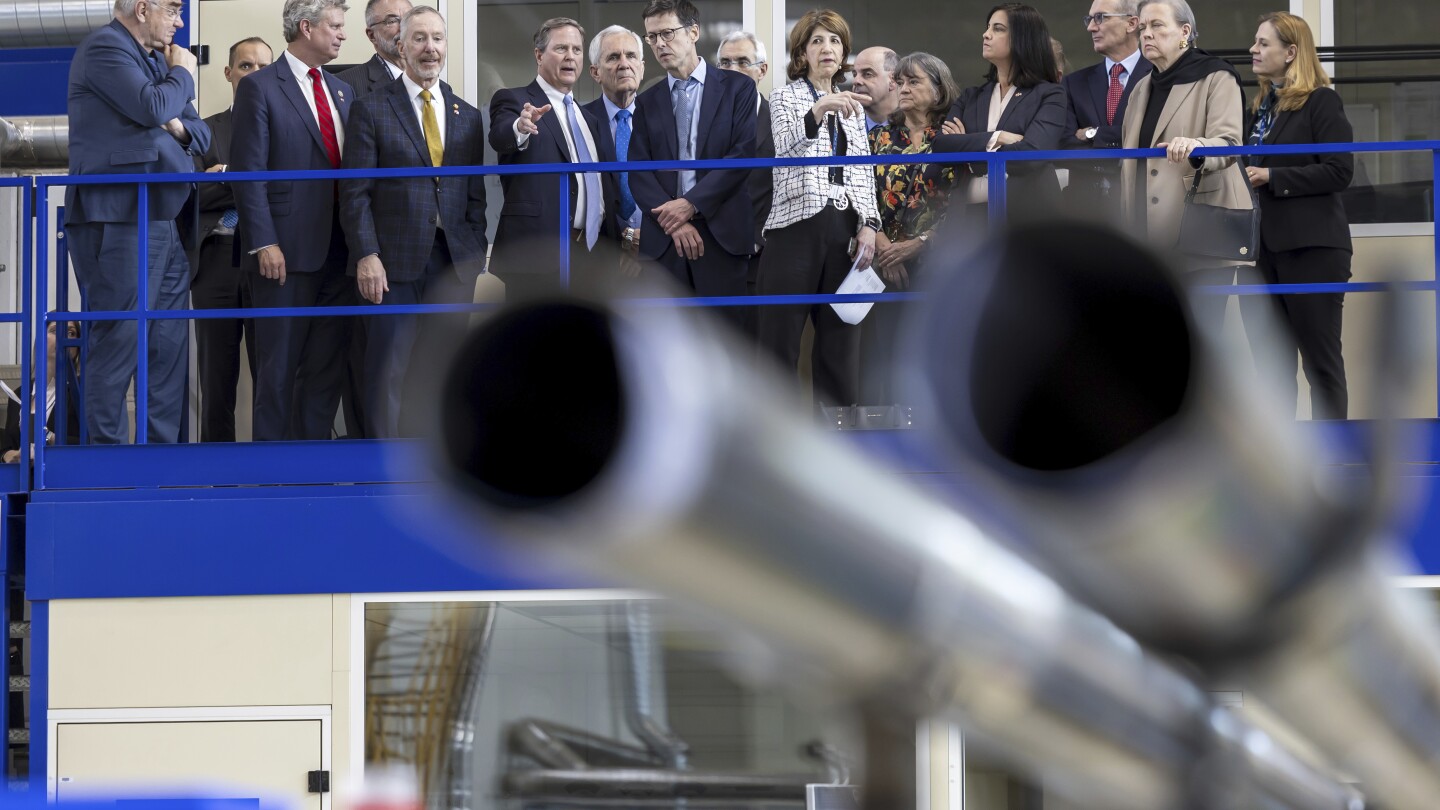GENEVA (AP) — Top minds at the world’s largest atom smasher have released a blueprint for a much bigger successor that could vastly improve research into the remaining enigmas of physics.
The plans for the Future Circular Collider — a nearly 91-kilometer (56.5-mile) loop along the French-Swiss border and below Lake Geneva — published late Monday put the finishing details on a project roughly a decade in the making at CERN, the European Organization for Nuclear Research.
The FCC would carry out high-precision experiments in the mid-2040s to study “known physics” in greater detail, then enter a second phase — planned for 2070 — that would conduct high-energy collisions of protons and heavy ions that would “open the door to the unknown,” said Giorgio Chiarelli, a research director at Italy’s National Institute of Nuclear Physics.



Will it undo the timeline the LHC helped create?
No, that would be the Past Circular Collider, and it is too late to build that.